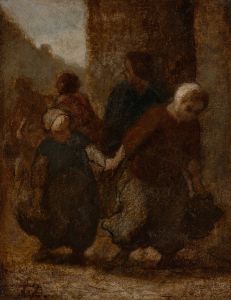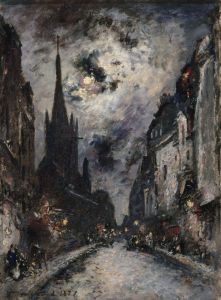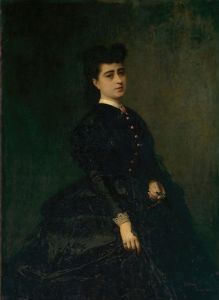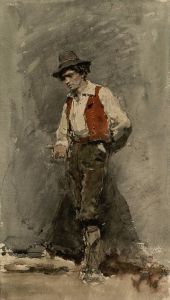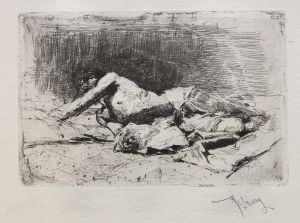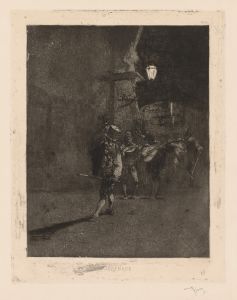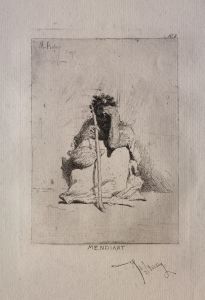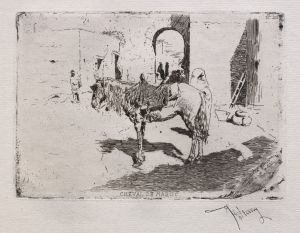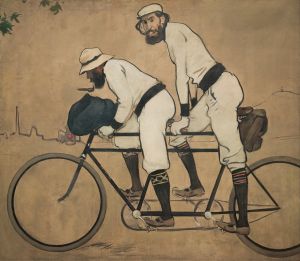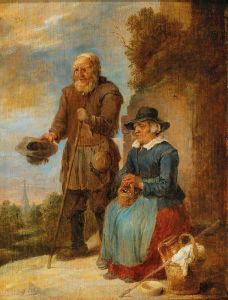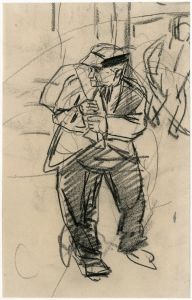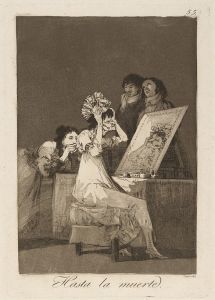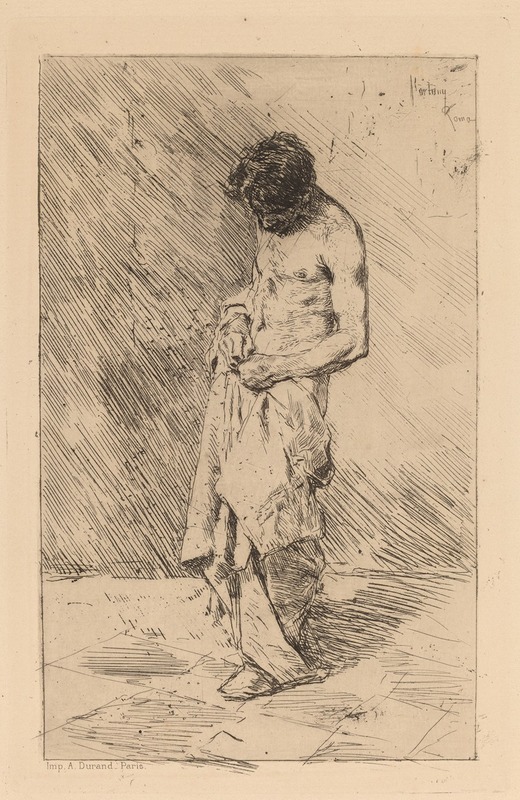
Un Pouilleux
A hand-painted replica of Mariano Fortuny Marsal’s masterpiece Un Pouilleux, meticulously crafted by professional artists to capture the true essence of the original. Each piece is created with museum-quality canvas and rare mineral pigments, carefully painted by experienced artists with delicate brushstrokes and rich, layered colors to perfectly recreate the texture of the original artwork. Unlike machine-printed reproductions, this hand-painted version brings the painting to life, infused with the artist’s emotions and skill in every stroke. Whether for personal collection or home decoration, it instantly elevates the artistic atmosphere of any space.
Un Pouilleux, translated as "A Lousy Boy," is a painting by the Spanish artist Mariano Fortuny Marsal, also known as Marià Fortuny i Marsal. Fortuny was a prominent 19th-century painter, renowned for his detailed and vibrant works that often depicted historical and genre scenes. Born in Reus, Catalonia, in 1838, Fortuny became one of the most celebrated artists of his time, influencing both Spanish and international art.
The painting Un Pouilleux is a genre scene, a category of art that depicts scenes from everyday life. Fortuny was known for his ability to capture the nuances of human expression and the intricacies of daily activities, and this work is no exception. The painting portrays a young boy, often interpreted as a beggar or a street urchin, engaged in the mundane task of picking lice from his clothing. This subject matter reflects the artist's interest in the lives of the lower classes and his ability to portray them with dignity and empathy.
Fortuny's technique in Un Pouilleux is characterized by meticulous attention to detail and a vibrant use of color, hallmarks of his broader body of work. His brushwork is precise, capturing the textures of the boy's clothing and the subtle play of light and shadow on his skin. The background is typically rendered with less detail, drawing the viewer's focus to the central figure. This approach is consistent with Fortuny's style, which often combines detailed foregrounds with more impressionistic backgrounds.
The painting is also notable for its emotional depth. The boy's expression and posture convey a sense of vulnerability and resilience, inviting viewers to empathize with his situation. This emotional resonance is a testament to Fortuny's skill as a portraitist and his ability to imbue his subjects with a sense of individuality and humanity.
Un Pouilleux is part of Fortuny's broader oeuvre that often explored themes of poverty and social realism. His works were informed by his travels and observations, particularly his time spent in Italy and North Africa, where he was exposed to diverse cultures and social conditions. These experiences enriched his artistic vision and contributed to the authenticity and depth of his genre scenes.
Fortuny's influence extended beyond his lifetime, impacting both his contemporaries and later generations of artists. His works are celebrated for their technical excellence and their ability to capture the complexities of human experience. Un Pouilleux, like many of his paintings, remains a significant example of 19th-century genre painting, reflecting both the artistic trends of the period and Fortuny's unique perspective.
Today, Fortuny's paintings, including Un Pouilleux, are held in high regard and can be found in various museums and private collections. They continue to be studied and appreciated for their artistic merit and their insightful portrayal of 19th-century life.






